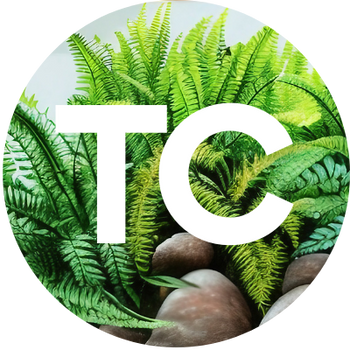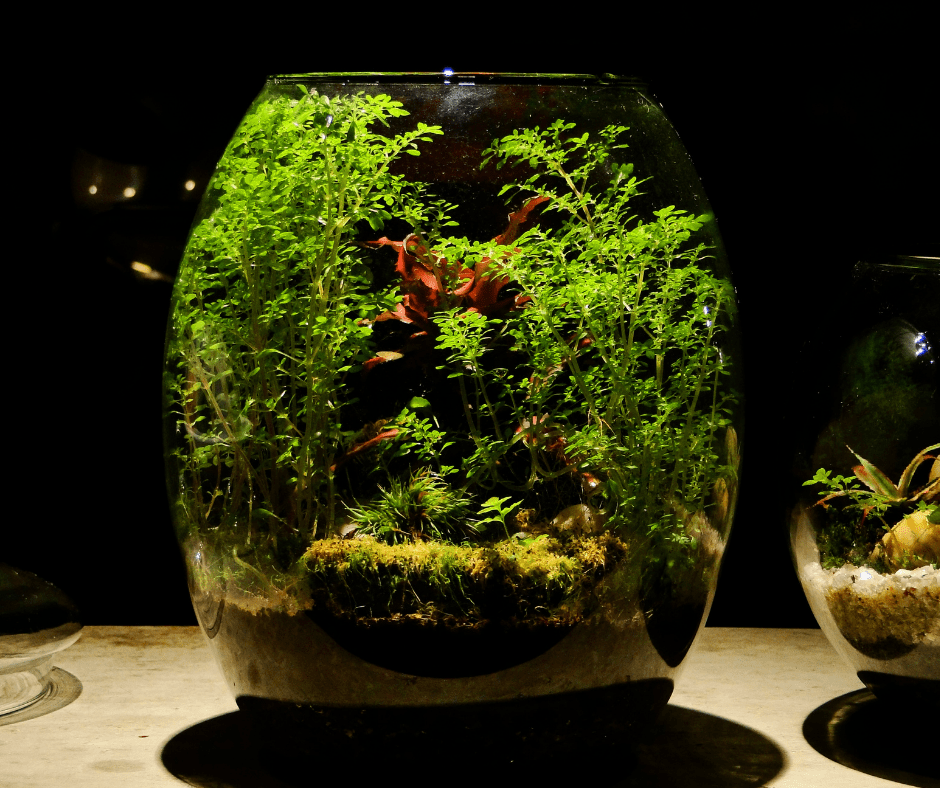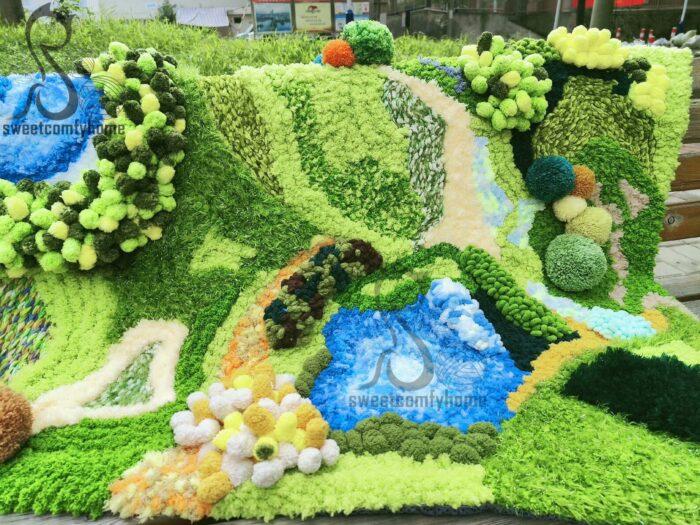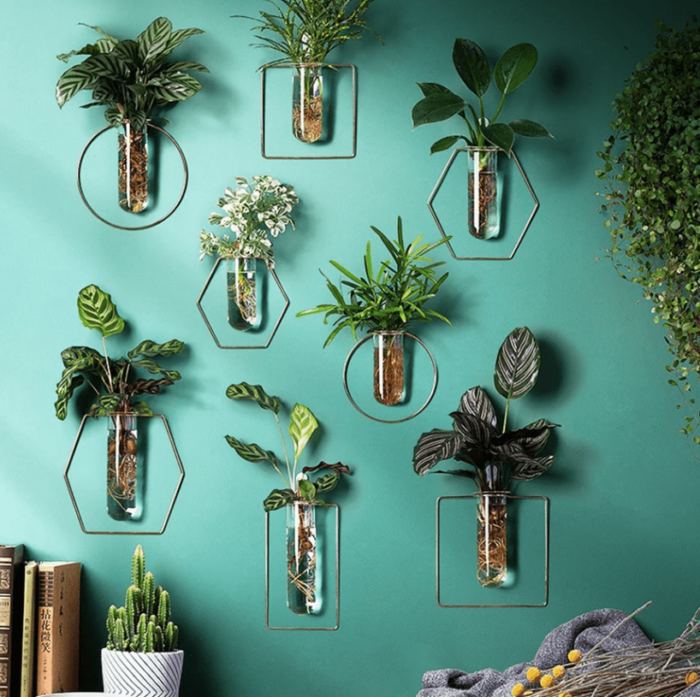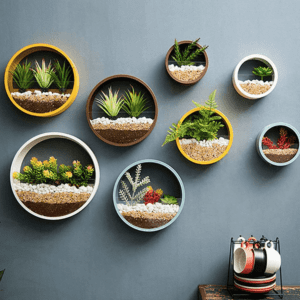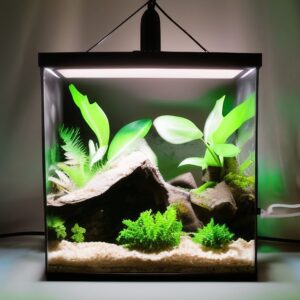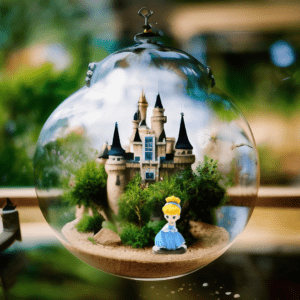Creating Living Environments In Terrariums…
Do you have a green thumb? If not, don’t worry! You can still enjoy the beauty of plants by creating a terrarium. A terrarium is a sealed container that creates a living environment for your plants. It is like an artificial ecosystem, and there are many different ways to create one. In this post, we will discuss the science behind terrariums and how to create your own living environment for your plants!
What do I need to know about terrariums?
Terrariums are closed systems, which means they can recycle their own water and nutrients. The plants in your terrarium produce oxygen and release moisture into the air. This moisture condenses on the walls of your terrarium and then trickles down to the roots of your plants, providing them with the water they need to grow.
One of the best things about terrariums is that they are self-sufficient ecosystems. With proper care, your terrarium will only need watering every few months (if at all!). Terrariums are also a great way to get started with gardening if you don’t have a lot of space or time for traditional gardening methods.
Remember to keep an eye on your terrarium and make sure it doesn’t get too wet or too dry. With a little care, your terrarium will be a beautiful and low-maintenance addition to your home.
What is the science behind terrariums?
The terrarium provides a microclimate for plants that simulates the conditions of their natural habitats. In a terrarium, evaporation from the soil and transpiration from the plants help to create a humid environment. This humidity condenses on the glass walls of the terrarium and then trickles back down to the soil, providing a continual supply of water for the plants. The closed system of a terrarium also allows for recycling of nutrients within the ecosystem.
How much light? Photosynthesis in terrariums:
Photosynthesis is a natural process that is essential to the survival of most plants. The process of photosynthesis is used by plants to convert light energy into chemical energy, which can then be used by the plant to fuel its growth and development.
In a terrarium, the light that is available for photosynthesis is dependent on the type of plants that are growing inside it. For example, terrariums that contain mostly shade-loving plants will require less light than terrariums that contain mostly sun-loving plants.
The amount of light that is available also depends on the location of the terrarium. If the terrarium is placed in a sunny spot, then more light will be available for photosynthesis than if it is placed in a shady spot.
When choosing plants for your terrarium, it is important to consider how much light they will need to thrive. You may also want to limit the light available to reduce the chance of scorching and slow growth.
Terrariums are a great way to create a living environment for your plants, and with a little bit of planning, you can ensure that your plants thrive. By considering the factors discussed above, you can create a terrarium that meets the needs of your plants and provides them with the perfect environment to grow.
Terrariums are interesting because they can be used to study plant ecology in miniature. By understanding how these ecosystems work, we can learn more about how to create sustainable environments for our plants (and ourselves!).
How often should a terrarium be watered?
Terrariums require balance, and that means not over or underwatering. How often to water terrarium plants depends on the size of your terrarium, the type of plants you have, and the conditions within your terrarium.
For example, if you have a closed terrarium with moisture-loving plants, you will need to water more frequently than if you have an open terrarium with drought-tolerant plants.
A good rule of thumb is to wait until the soil is dry before watering, and then to water thoroughly until water runs out of the bottom of the pot. Allow the terrarium to drain for a few hours before returning it to its original location.
What are the Layers in Terrariums?
Terrariums are created by layering different materials in a container to create an environment where plants can grow.
The bottom layer is typically gravel or charcoal, which helps with drainage. Activated charcoal is often added to terrariums to help with water filtration and to keep the terrarium clean.
The next layer is soil, which provides the nutrients for your plants to thrive. Not always necessary or only in reduced amounts when terrarium plants are chosen well.
The final layer helps retain moisture and creates a beautiful terrarium. Moss is a popular choice.
Terrariums can be made from a variety of different materials, but the most common are glass or plastic. Glass terrariums are often used because they allow you to see the different layers of your terrarium and they provide good ventilation for your plants. Plastic terrariums are often used because they are less expensive and they are easier to transport.
What are some common problems with terrariums?
The most common problem with terrariums is that they can become too wet, leading to mold and rot. You can avoid this by opening your terrarium when it needs to dry out a little. Other common problems with terrariums include:
- Overwatering
- Not enough light
- Too much heat
- Insects and pests
How do I control insects and pests in terrariums?
Terrariums can be a great home for pests, especially if they’re not sealed properly. The most common pests in terrariums are:
- Fungus gnats
- Mealybugs
- Scale insects
- Spider mites
The best way to control pests in terrariums is to prevent them from getting into your terrarium in the first place. This can be done by:
- Sealing your terrarium properly
- Inspecting plants before adding them to your terrarium
- Quarantining new plants for a few weeks before adding them to your terrarium
How do I create my own terrarium?
Terrariums are a great way to enjoy plants without having to worry about watering them or giving them enough sunlight. All you need is a sealed container, some rocks or gravel, charcoal, potting soil, and your plants of choice. The first step is to layer the rocks or gravel on the bottom of the container. This will help with drainage and prevent your plants from getting too much water. Next, add a layer of activated charcoal. This will help keep your terrarium clean and free of bacteria. Finally, add a layer of potting soil and your plants.
To create a terrarium, you will need:
- A sealed container (glass or plastic)
- Rocks or gravel
- Activated charcoal
- Terrarium suitable plants
- Soil/growing medium
You can create terrariums as small or as large as you want, depending on the plants you choose and the size of your container. A good rule of thumb is to use one-third charcoal, one-third rocks/gravel, and one-third soil/growing medium.
For more terrarium care and creation tips, visit our Terrarium Care Guide.
What plants go well in a terrarium?
Just about any plant that doesn’t mind a little humidity will do well in a terrarium. Some of the best terrarium plants are:
- Ferns
- Mosses
- Ivy
- Bromeliads
Check out our Terrarium Plant Library for more terrarium suitable plants.
How do I design a terrarium?
The possibilities are endless when it comes to terrarium design. You can go for a naturalistic look, or get creative and use colorful rocks, gravel, and plants.
One of the most important things to remember when designing your terrarium is to create different levels. This will give your terrarium more interest and depth. Use rocks and gravel to create slopes and hills.
Another thing to keep in mind is that terrariums are enclosed ecosystems. That means everything in your terrarium will affect everything else. So be sure to choose plants that have similar light and water requirements.
And last but not least, have fun! Terrariums are a great way to get creative and express your personal style.
Where can I find terrarium supplies?
You can find terrarium supplies at your local nursery or garden center. You can also order them online. Just be sure to get plants that are suitable for terrariums. Look for plants that have small leaves and stay relatively small in size. Etsy is full of online sellers who sell a huge range of terrarium plants and supplies. You can also find handy terrarium kits and terrarium building materials.
Check out our guide to buying terrarium plants online.
Creating a terrarium is a fun and easy way to bring some green into your home. With just a few supplies, you can make your own mini-ecosystem that will thrive with very little maintenance. Follow the steps above and enjoy your new terrarium!
Don’t forget to check out our home page for more terrarium designs, info, and inspiration.
